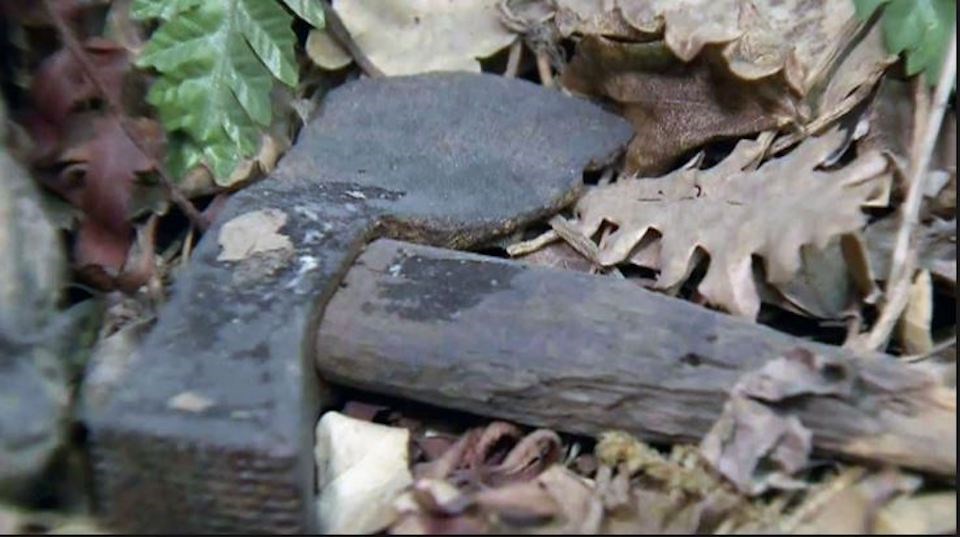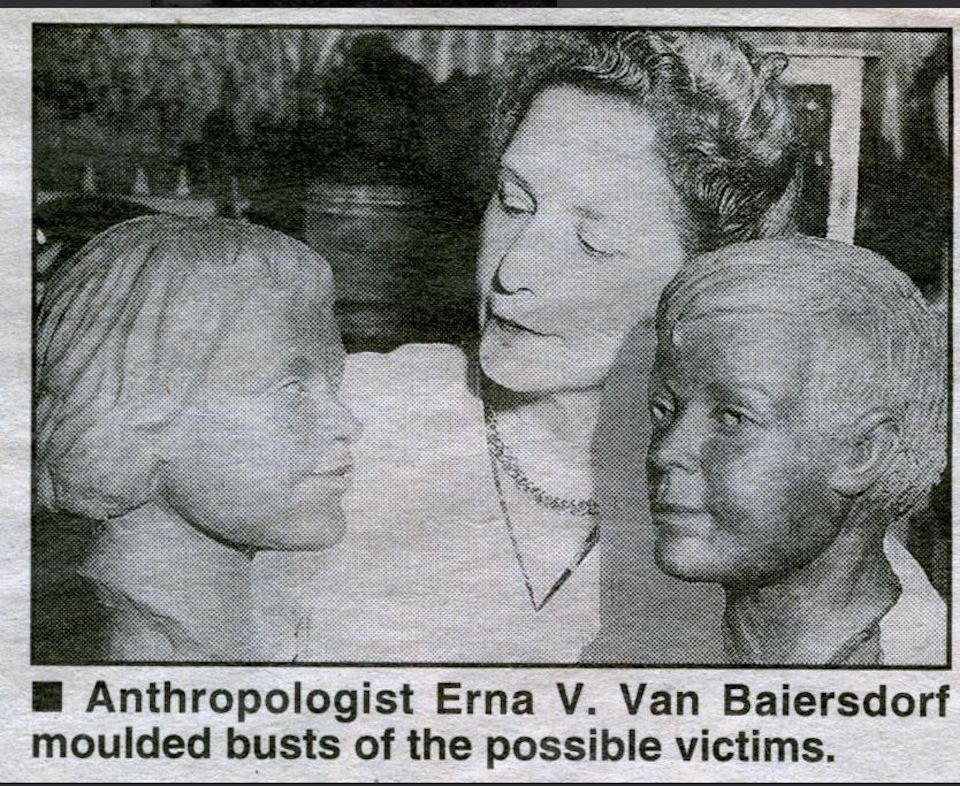The Babes in the Woods—the story of two young children found in Stanley Park just after the Second World War—is one of Vancouver's oldest and most fascinating murder mysteries.
While the murders happened sometime in the 1940s, the story starts in January 1953 when a Vancouver Parks Board employee stepped on a skull in a remote area of Stanley Park near Beaver Lake. When he scraped back the leaves, he found bones covered by a woman’s coat, two children’s flying helmets, shoes, a lunch box, and the murder weapon—a hatchet.
There wasn’t much in the way of crime scene forensics back in those days and police arrived, counted the layers of leaves to make a guess as to the number of years that the bones had been there, took a couple of photos, threw the bones and the rest of the evidence into a cardboard box and brought everything to the city morgue.
And even though it was difficult to determine the sex from the skeletal remains and both were dressed in boys' clothing, the pathologist wrote down that it was a boy and a girl. This mistake sent police down the wrong track for the next four decades as they searched school records and followed up on tips for missing brothers and sisters.
By 1996, DNA was part of the forensic toolkit, and the Provincial Unsolved Homicide Unit was formed to clear a backlog of unsolved murders. Now retired, Detective Sergeant Brian Honeybourn decided to take another look at the Babes in the Woods. Honeybourn took the remains to Dr. David Sweet, a forensic scientist at the University of British Columbia. Sweet extracted DNA from the teeth of the skeletons and discovered that they were actually two boys—brothers but with different fathers.
This discovery essentially threw out nearly half a century of police work. Detectives went back over all the tips that they had received over the years about two missing boys and checked them out, but there were likely dozens that hadn’t made the files because police had been looking for a brother and sister.
Once Sweet had extracted the DNA, Honeybourn thought it would be disrespectful to put the children’s bones back on public display, where they been at the Vancouver Police Museum and on loan at the annual PNE fair. He saved the skulls for possible future use, and without the knowledge of his superiors, had the rest of the bones cremated and buried at sea.
Unfortunately, the DNA profile developed from the children’s teeth in 1996 wasn’t good enough to submit to U.S.-based genealogy sites such as GEDMatch. At least not until last year, when technology improved to the point where DNA could be extracted from the bone matter. The children’s remains were forwarded to Redgrave Research Forensic Services in Massachusetts and they were able to produce the beginnings of a DNA profile. While their killer is likely long dead, this means that we are one step closer to giving the children back their names.
Next Week: Recent strides in the Babes in the Woods cold case investigation
- For more information listen to Cold Case Canada podcast: Babes in the Woods
Eve Lazarus is a reporter and author, and she hosts and produces the Cold Case Canada true crime podcast. Her books include the B.C. bestsellers Murder by Milkshake; Blood, Sweat, and Fear; Cold Case Vancouver and Vancouver Exposed: Searching for the City’s Hidden History. She blogs at Every Place has a Story.








